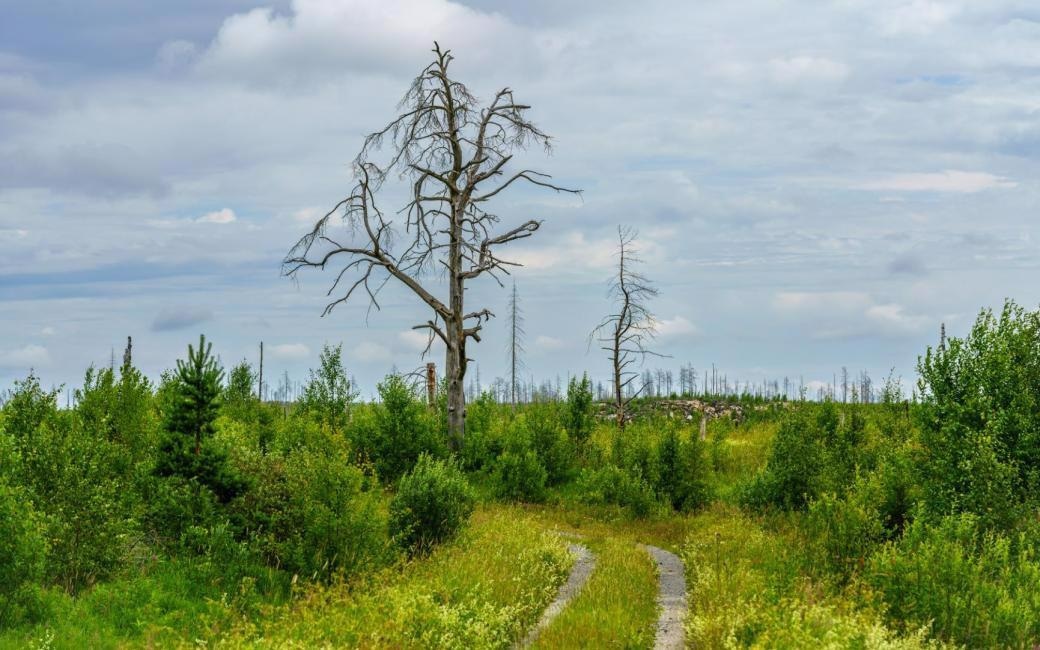With the help of machine learning, a new study has identified the large-scale relationships existing between vegetation and climatic characteristics.

Image Credit: Magnus Binnerstam.
The study outcomes stress the significance of climatic extremes in shaping the distribution of various major vegetation types.
The altering climate brings highly frequent and more intense climatic extreme events. But it is not clear exactly how climate extremes will impact vegetation distribution in the future. This is an acute question for study to be able to reduce coming extremities and their effect on vegetation.
The study reported in the journal Global Change Biology makes use of large-scale relationships between vegetation and climatic characteristics with the help of machine learning. It illustrates that integrating climate and remotely sensed land cover data with tree-structured predictive models known as decision trees can efficiently withdraw the climatic thresholds included in structuring the distribution of dominant vegetation at numerous spatial scales.
The outcomes of this study stress the significance of climatic extremes in shaping the distribution of numerous major vegetation types. For instance, drought or extreme cold is necessary for the dominance of deciduous needleleaf and savanna forests.
One of the most important questions left to answer in the further research is whether the climate thresholds recognized in this study are static or changing with the climate changes in the future.
Hui Tang, Researcher, Department of Geosciences, University of Oslo
Collaboration Between Machine Learning and Vegetation Experts
Anticipating future vegetation distribution in response to climate change is a hard task that needs an elaborate understanding of how vegetation distribution on a large scale has been linked to climate.
The study team comprising vegetation modelers, computer scientists, and vegetation specialists analyze the rules coming from the decision tree models to see if they are informative and if they could offer any extra insights that could be integrated into mechanistic vegetation models.
It is a difficult task to validate whether a data-based model is informative and robust. This study highlights the importance of interpretable models that allow such meaningful collaboration with the domain experts.
Rita Beigaitė, Doctoral Researcher, Department of Computer Science, University of Helsinki
“The major climatic constraints recognized in the study will be valuable for improving process-based vegetation models and its coupling with the Earth System Models,” stated Hui Tang.
Journal Reference:
Beigaite, R., et al. (2022) Identifying climate thresholds for dominant natural vegetation types at the global scale using machine learning: Average climate versus extremes. Global Change Biology. doi.org/10.1111/gcb.16110